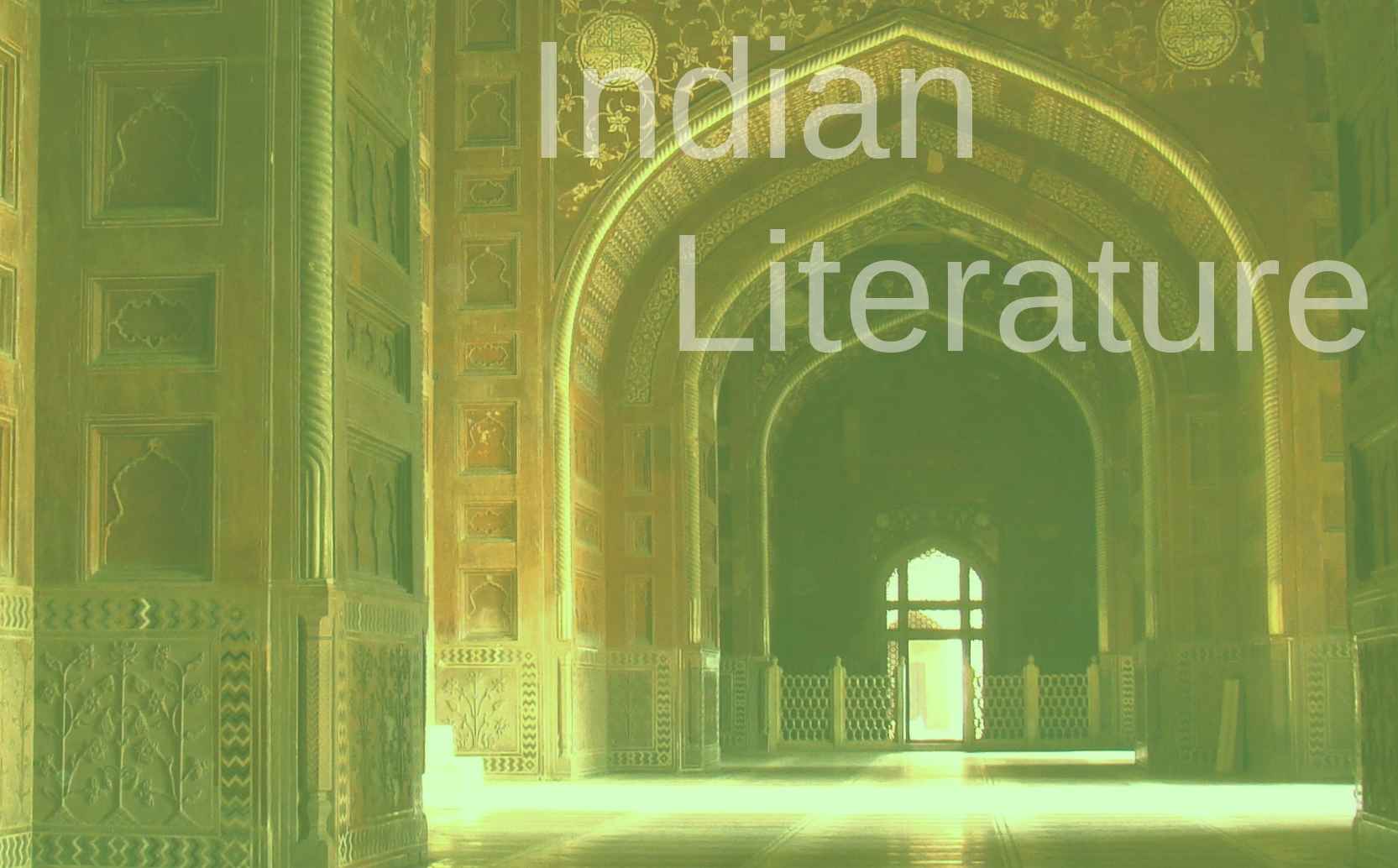Literature: As a Source of Indian History!
The Vedic literature consisting of the four Vedas, called the Samhitas, the Brahmanas the Aranyakas, the Upanishads, the Sutras and Sastric literature
The two great epics (the Ramayana and the Mahahharata), the eighteen Puranas, the Buddhist literature consisting of the three Pitakas (the Vimya, the Sutta and the Abhidamma), the Dhammapada, the Theragatha, the Buddha Vamsa. Dipa Vamsa and Mahavamsa, the Ceylonese chronicles the works of Acharya Nagarjuna, Prajna Paramita and Madhyamika Sutras constitute literary sources; Buddhacharita of Asvaghosha and the Jatakas are some of the important sacred texts.
ADVERTISEMENTS:
Jaina literature also contains useful information about the Jaina faith and other aspects. Secular literature is enormous of which, Mudrarakshasa of Visakhadatta, Arthasastra of Kautilya, Nitisara of Kamandaka, Patanjali’s Mahahhashya and Panini’s Asthadkyayi the dramas of Kalidasa; Malavikagnimitram, Abhijnana Sakuntalam and his Kavya Meghasandesa, Bhasa’s Svapnavasavadatta and Pratijna Yaugandharayana, Harshavardhana’s Nagananda, Ratnamli and Priyadarsika.
Bana’s Harshacharita, Bilhana’s Vikrarmrkadevacharita, Hemachandra’s Kumara Palacharita; Hammirakavya, of Navachandra, Navasahasankacharita of Padmagupta and Prithviraj Raso of Chandbardai and Kalhana’s Rajatarangani are important indigenous literary sources, which help a historian in reconstructing the history of India of their time. R.C. Majumdar observes, “One of the gravest defects of Indian culture, which defies rational explanation is the aversion of Indians to writing history that they never seriously took to the writing of history”.
Majumdar further notices that Rajatarangini can be regarded as a historical text in the true sense of the word as Kalhana followed the techniques of verifying the earlier literature on the subject and looked into the orders of the former kings relating to religious foundations and epigraphs. Further, the chronicles of Gujarat like the Ras Mala and Kirti Kaumudi of Someswara, Sukritasamkirtana of Arosimha, Prabhandha Chintamani of Merutunga and Prahandha Kosha of Rajasekhara are very useful.
The Tamil Sangam literary works; Tolkappiyam, Kural or Tirukkural. Silappadikaram of Ilango Adigal, Manimekhatai of Cattanar, Aggatiyam of Saint Agathyar are some useful sources for the study of Tamilham in ancient times. Literary sources cannot be accepted as the sole source to reconstruct the historical edifice of a particular time as there is every possibility of the other eulogizing the patron of the literary piece and the purpose of the work may not be to record faithfully like a mirror the condition of the area and times. A historian should be skeptic of the information obtained from literature and corroborate the evidence with other sources.
